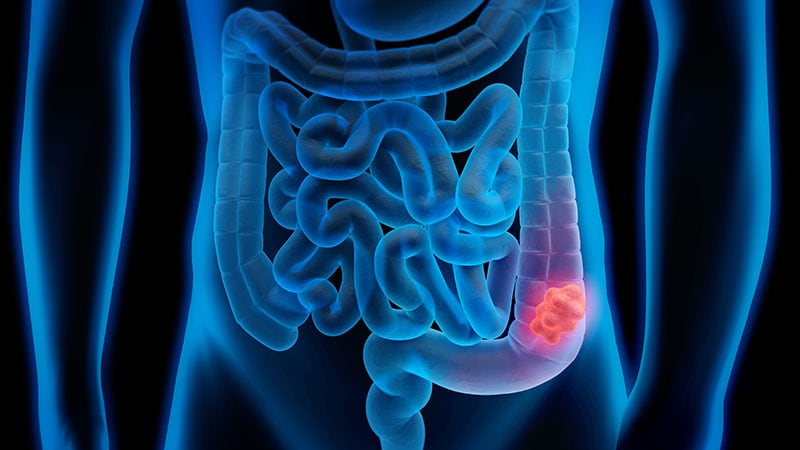Takeaway
- Statin use is associated with a lower risk for postcolonoscopy colorectal cancer (PCCRC-3y), particularly for proximal cancer.
- Older (>60 years) patients, women and those without diabetes mellitus or polyps seem to benefit more from statins
Why this matters
- Findings would help in the decision-making process of initiating statins in patients at high risk for CRC with borderline indications for cardiovascular prevention.
Study design
- Retrospective cohort study included 187,897 patients (age, ≥40 years) who underwent colonoscopies using Clinical Data Analysis and Reporting System (CDARS).
- Statin use was defined as ≥90 days use before colonoscopy and its prescription records were traced up to 5 years before colonoscopy.
- PCCRC-3y was defined as cancer diagnosed between 6 and 36 months after colonoscopy, and CRC location was categorised into proximal and distal cancer.
- Funding: None disclosed.
Key results
- Of 187,897 patients, 854 (0.45%) were diagnosed with PCCRC-3y including 707 (82.8%) with distal and 147 (17.2%) with proximal cancer.
- Statin use was associated with reduced risk for PCCRC-3y (adjusted subdistribution HR [SHR], 0.72; P=.018).
- After propensity score matching, risks for proximal (SHR, 0.50; P=.022) and distal (SHR, 0.80; P=.160) cancer were reduced with statin use.
- After subgroup analysis, statin use was associated with lower risk for PCCRC-3y in older (>60 years) patients (SHR, 0.72; P=.009), women (SHR, 0.35; P<.001) and those without diabetes mellitus (SHR, 0.59; P<.001) and polyps (SHR, 0.58; P=.003).
Limitations
- Few risk factors such as family history and dietary habits were not available in CDARS.
References
References



